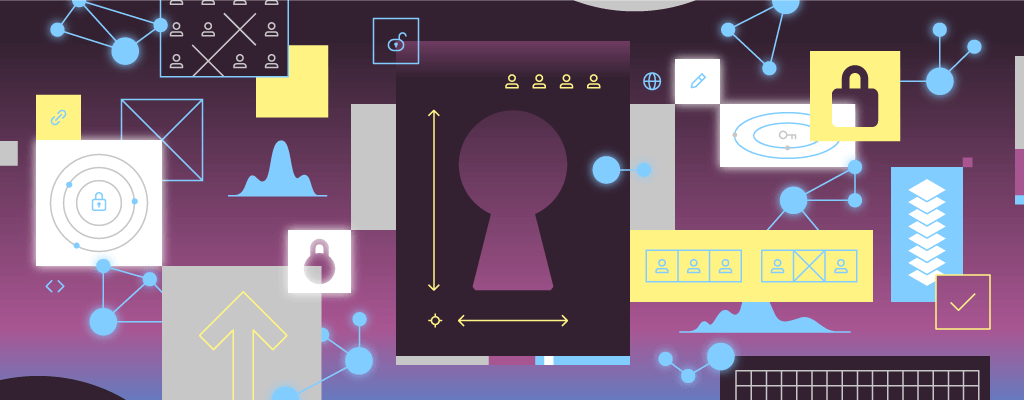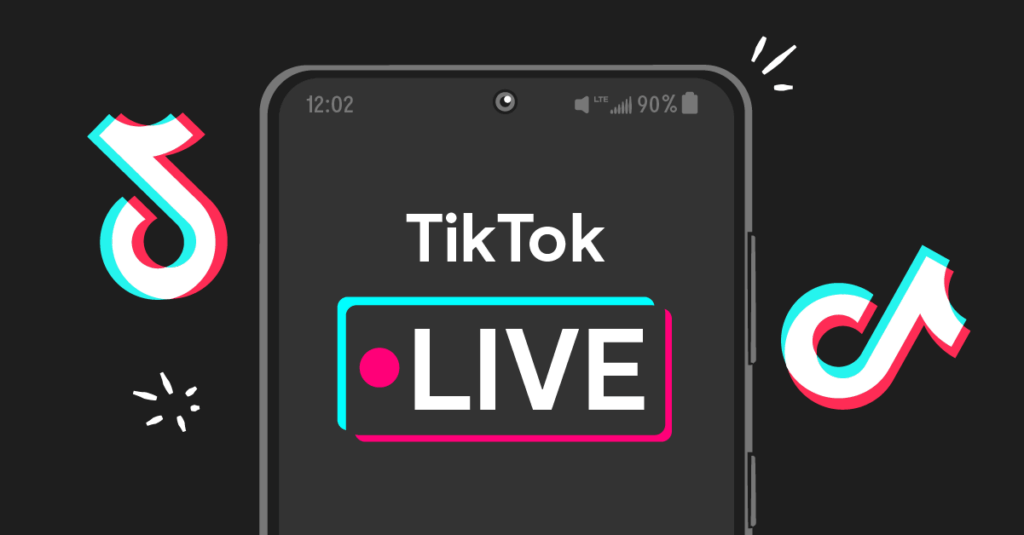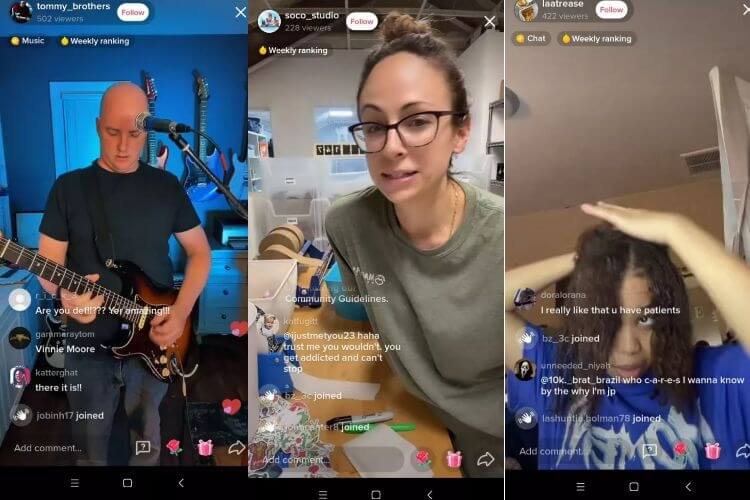In the fiercely competitive e-commerce market, acquiring, retaining, and converting users is vital to the survival and growth of a business. User operations focus on converting strangers into loyal customers through strategies and actions while continuously increasing user value.
This article will deeply analyze the five key stages of e-commerce user operations from a user lifecycle perspective and share practical methods and techniques.

1. User Acquisition: Attract New Users and Open the Traffic Gate
The goal of the user acquisition stage is to attract new users to the platform and guide them to register. Common user acquisition methods include:
1. Platform Promotion:
Advertising: Leverage search engine ads, social media ads, video ads, and more to precisely reach target users.
Campaign Marketing: Plan engaging activities, such as coupons, flash sales, and new user benefits to entice users to participate and register.
Content Promotion: Create high-quality content, like product introductions, tutorials, or brand stories, and spread it via social media and other platforms to attract users' attention.
2. Content-Driven Traffic:
Quality Content: Produce valuable content such as product reviews, shopping guides, or lifestyle tips to attract and encourage user registration.
Platform Features: Utilize platform-specific features, such as Xiaohongshu's recommendation notes or Douyin's short videos, to draw users.
KOL Collaborations: Work with key opinion leaders (KOLs) to use their influence to attract traffic to your platform.
3. Channel Partnerships:
E-commerce Partnerships: Collaborate with other e-commerce platforms for joint promotion or cross-traffic initiatives.
Institutional Collaborations: Partner with media outlets, communities, and self-media platforms for co-marketing efforts.
2. User Activation: Energize New Users and Kickstart the Consumer Journey
The user activation phase aims to increase new user engagement by familiarizing them with the platform and encouraging the use of services and features. Common activation methods include:
1. New User Guides:
New User Packages: Offer perks like coupons, points, or trial vouchers to encourage the first purchase.
Tutorials: Provide simple, clear guides to help users quickly familiarize themselves with platform features.
Trial Activities: Organize trial or sample programs to allow users to experience the platform's services, boosting engagement.
2. Personalized Recommendations:
Precise Recommendations: Push related products or content based on user interests and behavior, enhancing engagement.
Personalized Push Notifications: Send customized information, like coupons, promotions, or new product suggestions, based on browsing and purchase histories.
3. Diverse Interactions:
Comment Interaction: Encourage users to engage in the comment sections by reviewing products, sharing insights, or discussing topics.
Likes and Shares: Motivate users to like and share quality content to increase engagement and platform visibility.
Online Activities: Organize online activities, such as sweepstakes, voting, or games, to boost participation and gather user data.
3. User Retention: Building a Loyal User Base
The goal of user retention is to improve retention rates and convert new users into loyal customers. Common retention strategies include:
1. Membership Systems:
Point Rewards: Offer points based on purchase amounts or behavior, redeemable for gifts or discounts, encouraging continued shopping.
Tiered Memberships: Divide users into different levels based on spending, purchase frequency, and engagement, offering exclusive benefits like discounts or personalized services for higher tiers.
2. Personalized Services:
Custom Recommendations: Use user profiles to offer personalized product suggestions, enhancing user satisfaction.
Exclusive Services: Provide high-tier members with special customer service or personalized recommendations to improve their sense of exclusivity.
3. Content Operations:
High-Quality Content: Publish engaging content, such as product introductions or lifestyle stories, to maintain user interest, as seen on platforms like Xiaohongshu and Douyin.
Interactive Content: Create content that promotes user interaction, such as polls, comments, and shares, boosting engagement and retention.
4. User Conversion: Increasing Purchase Rates and Creating Value
The goal of the user conversion phase is to increase purchase rates and turn browsing users into paying customers. Common conversion strategies include:
1. Campaign Marketing:
Flash Sales: Set up limited-time flash sales to create urgency, encouraging immediate purchases.
Discount Promotions: Offer discounts on bulk purchases to encourage users to buy more.
Coupons: Provide users with coupons to lower the purchasing barrier and incentivize buying.
2. Optimized Shopping Process:
Simplified Payment: Offer convenient payment methods, like Alipay or WeChat Pay, to streamline the checkout process.
Flexible Delivery Options: Provide various delivery options such as express shipping or self-pickup to meet user preferences.
Comprehensive After-Sales Service: Ensure easy returns and fast customer support to resolve user issues and boost satisfaction.
3. Targeted Marketing:
User Profile Analysis: Use user data to target specific groups with customized offers or product recommendations to increase conversion rates.
Behavioral Analysis: Leverage browsing and purchase histories to deliver precise product suggestions and marketing campaigns.
5. User Value Enhancement: Driving Growth and Sustaining Loyalty
The user value enhancement phase aims to maximize user value by increasing spending, fostering brand loyalty, and promoting word-of-mouth referrals. Common strategies include:
1. Premium Membership Services:
Exclusive Services: Offer high-value users premium services, such as priority customer support or expedited shipping, to increase loyalty.
2. User Segmentation:
Tiered Operations: Segment users based on value and provide differentiated services, ensuring that each group receives appropriate care to boost their lifetime value.
3. Word-of-Mouth Promotion:
Encouraging Referrals: Encourage users to share shopping experiences, recommend products, and leave reviews to enhance brand visibility.
Conclusion
E-commerce user operations are an ongoing process that requires a combination of platform-specific tactics and continuous optimization. There is no one-size-fits-all solution, but constant testing and iteration are key to better results. The ultimate goal is to transform users from strangers into loyal customers and continuously enhance user value, ensuring sustainable business growth.



